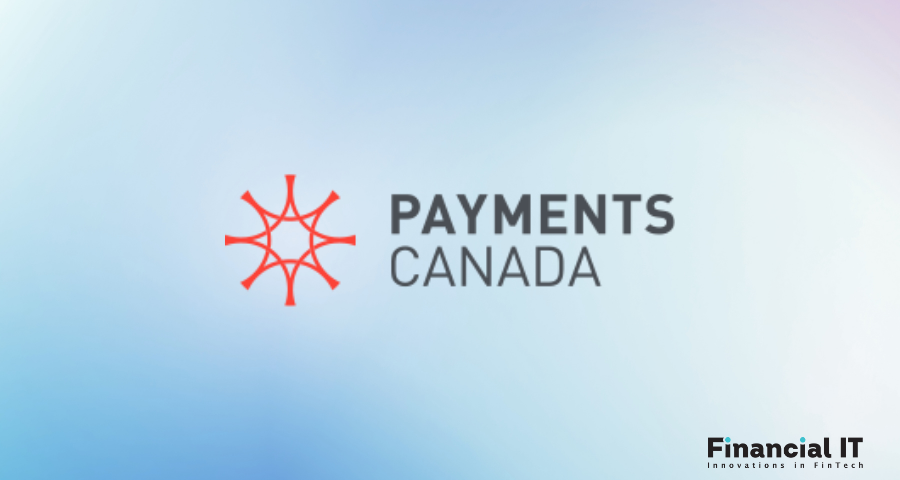ACI Worldwide’s Craig Ramsey To Serve On U.S. Faster...
- 26.06.2025 01:25 pm
Klarna Is Now Available on Google Pay
- 26.06.2025 11:45 am
Medius Launches Medius Payments To Fully Embed Payment...
- 25.06.2025 12:15 pm
Xero To Acquire Melio, A Leading US SMB Bill Pay...
- 25.06.2025 11:05 am
ACI Worldwide Expands Technology Partnership Ecosystem...
- 25.06.2025 09:05 am
Mastercard Sandbox Allows Experimentation Into The ‘...
- 25.06.2025 09:00 am
Unlimit Expands Partnership With Visa In Mexico And...
- 25.06.2025 08:45 am
Grammarly Selects Gr4vy To Enhance Payment Flexibility
- 24.06.2025 04:25 pm
Sokin Becomes Official Global Payments Partner Of The...
- 24.06.2025 02:05 pm
Onafriq Partners With PAPSS To Launch Cross‑Border...
- 24.06.2025 01:40 pm
MuchBetter Secures Mastercard Principal Licence To...
- 24.06.2025 11:55 am
TerraPay Partners With Paramount Commerce for Real‑...
- 24.06.2025 11:30 am






















